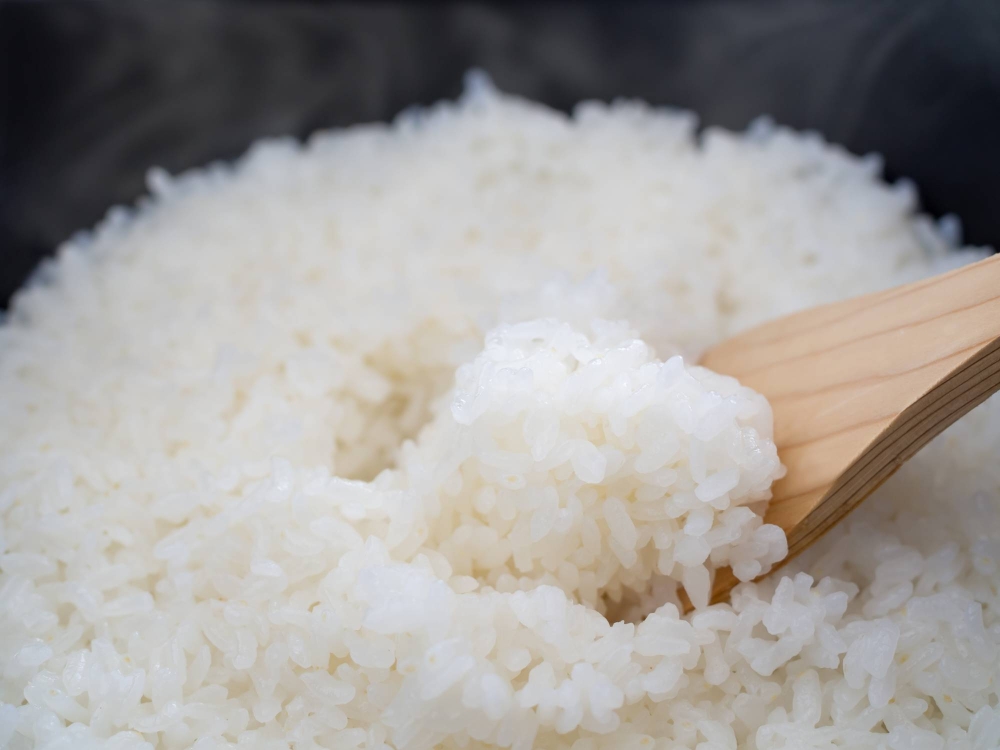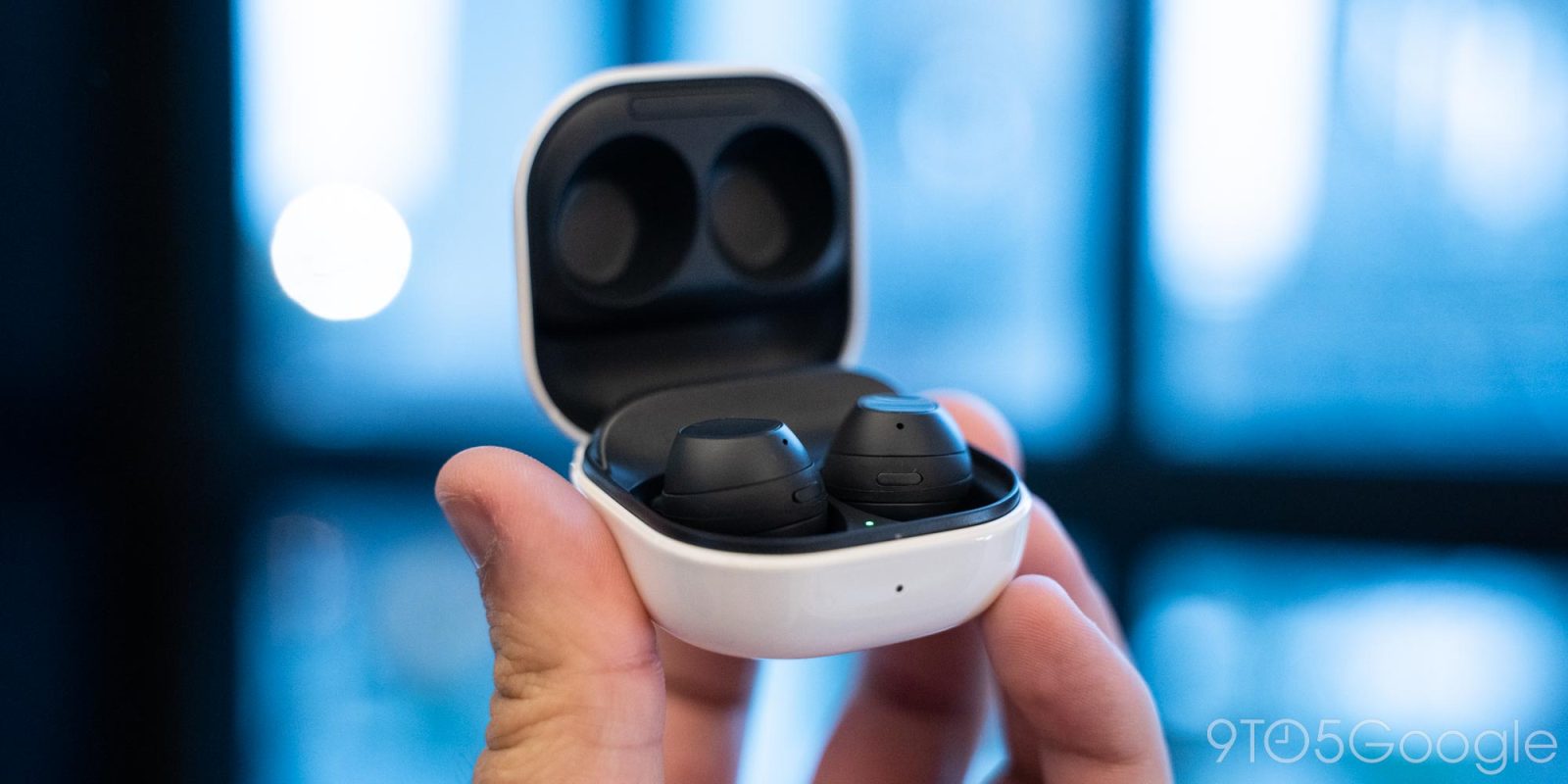Two recent university graduates from Lebanon say their invention, a glove that can help translate sign language, could be a game-changer for millions of people in the deaf community as well as others who have hearing loss or potential speech difficulties.
“This is basically a gesture translator,” said Samir Elias, who, along with his co-founder Wassim Omran, invented the device and started the company they are calling, Infinity Glove.
“The deaf person wears the glove, then after they would sign whatever they want to say, a phrase, a name, or their own personal sign language, a bluetooth signal is sent to the phone application, and then you can see it would say what was signed,” he explained.
The phone app has several options for translation output languages, and also allows for custom gestures to be programmed depending on user preferences, potentially broadening the use cases of the overall device.
Infinity Glove was most recently on display at the Step 2024 technology and entrepreneurial conference in Dubai, one of hundreds of start-ups seeking to leave a mark and potentially receive investment and partnerships.
“We're in the early stage in terms of start-ups,” said Mr Elias, acknowledging the bulky nature of the prototype glove that consists of chips and other computer components.
“It's a very basic prototype and we've been working on it for just a year, but now we're working on something that will be more of a comfortable design and hide the wires,” he added.

As for the company's business model, both Mr Elias and Mr Imran say the potential market is bigger than many might realise, with hundreds of millions of individuals suffering from various hearing loss and speech disorder issues.
“There are children, teens, adults and seniors who could also benefit from assistive communication technologies like this,” said Mr Elias, who noted other potential versions of Infinity Glove.
“Eventually it could be something as small as a smartwatch or a ring that could detect motion, all while keeping the user comfortable.”
Infinity Glove recently received a patent in Lebanon, but the company is actively looking to obtain more patents in other parts of the world.
Mr Elias said Lebanon's continuing and worsening economic crisis, which began in 2019, has proven to be a pain point for the start-up, which is seeking out investors.
Infinity Glove did not give an estimate for when a final product might be available, but did say the start-up is a little more than one year old.

Marketing literature for the company promotes the product as a potential solution for the 'differently abled community', speech therapy centres, hospitals, and individuals with hearing and speech impairments.
“Individuals with hearing difficulties face significant challenges in communicating,” read a pamphlet from the company. “It could lead to isolation and misunderstanding.”
Overall, Infinity Glove falls into what many analysts describe as the assistive technology market.
According to Vantage Market Research, revenue from assistive technology could reach $31 billion by 2030 as technology develops and products are able to scale at a quicker pace.
Updated: February 22, 2024, 9:08 AM












